The FICCI estimates that paperboard products make up over 30% of the packaging industry. That’s because corrugated boxes are so popular. For example, conventional slotted containers are one of the most widely used types of boxes in shipping and storage. Corrugated boxes are low-cost, durable, and environmentally friendly. However, not all boxes are created equal. That said, they vary widely in compressive strength, thickness, chemical resistance, and other factors.
Here’s what you need to know when you have to choose the right corrugated box for your packaging needs. The strength and structure of the cardboard directly affect the weight a box can carry. A box that is too weak may puncture or collapse. On the other hand, too many boxes mean you pay extra for materials and increase environmental waste.
To determine how well-corrugated boxes will hold up to external influences—to help you make an informed decision when choosing a box —manufacturers use a variety of testing procedures.
Below is a summary of common corrugated box test methods used to check the strength of corrugated boxes.
Corrugated box test method:
- Burst Strength Test
- Edge Extrusion Test 2 Single
- Glue water resistance
- Cobb Sizing Tester
- Paper weight and thickness
- Puncture resistance
- Abrasion test
- Box compression test
- Chemical Analysis in Corrugated Box Testing
1. Burst strength test
- Content: Test the strength of the box under pressure
- Reason: Rough handling in order to determine the exact weight a box can carry
The Mullen test, or burst strength test, checks the toughness of a corrugated cardboard wall under force or compression. A rubber diaphragm is used to apply pressure to a corrugated box’s wall until it ruptures. As the diaphragm expands under hydraulic pressure, the corrugated cardboard ruptures.
We measure burst strength in kilograms per square centimeter. The burst coefficient is the thousand times the burst strength divided by the grammage of the cardboard.
Burst coefficient = burst strength (kg/cm2) x 1000/gram weight (gm/m2)
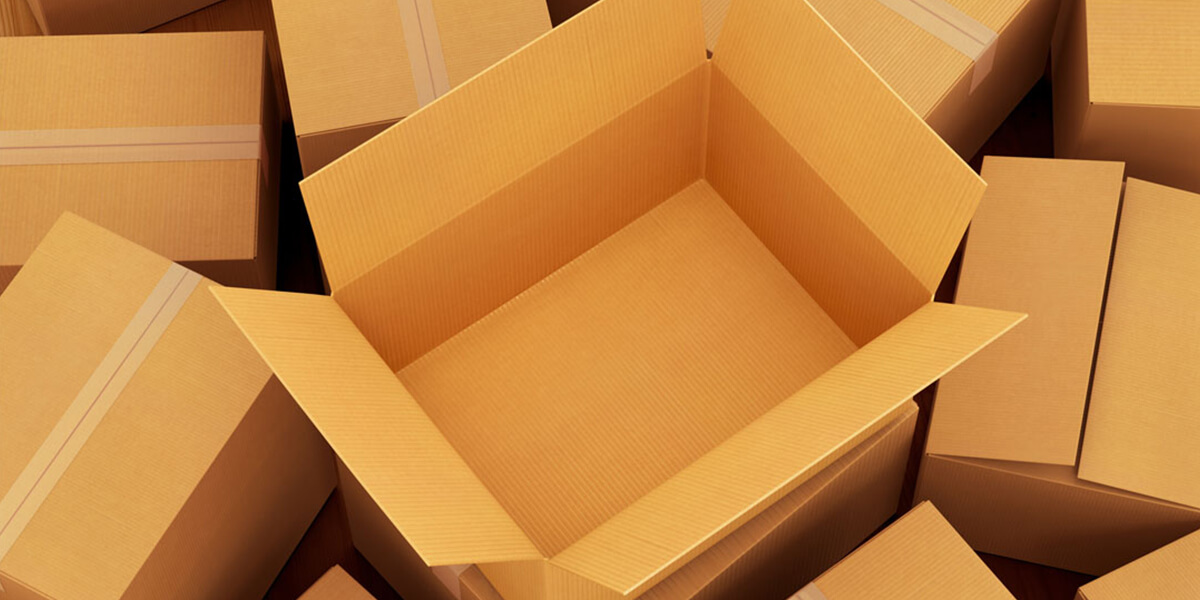
2. Edge crush test
- Contents: Transverse crushing of corrugated cardboard
- WHY: Test material quality, stacking strength, pallet transport durability
Edge crush tests, or ECTs, are popular methods for testing the stacking strength of corrugated boxes.
Each side of a corrugated box consists of three or more layers of board. Sandwiched between two flat plates is typically a thin sheet with grooves and ridges. These grooves and ridges, also known as grooves, provide anisotropic strength to the box. This means the box can withstand more force from one direction. An edge squeeze test, right side test, or flat squeeze test can help determine this.
The Edge Crush test involves applying a force perpendicular to the ridge to one side of the box until it is crushed. In the Ring Crush test, a ring cut out of a box is used for the test. In a flat compression test, too much force is applied to one side.
It is measured in pounds per linear inch of load-bearing edge but expressed as ECT.
ECT gives you an accurate idea of how strong your boxes will be when palletized and transported. Additionally, ECT-rated corrugated boxes use less material than their equivalent burst-tested corrugated boxes. This means buying ECT-grade boxes in bulk is cheaper and creates less waste.
Depending on the corrugated sheet composition, the above results (the overall strength of the box) may vary. Therefore, it is important to understand the type of ripple before making a decision.
3. Bonded water resistance
- Content: Test the water resistance of the corrugated cardboard adhesive layer
- WHY: To test the influence of climate conditions, moisture permeability, and water absorption
Even though the fiberboard itself can absorb and retain water, it is important to test the waterproofness of the bond or seal. For some applications, the FEFCO 9 standard is used to test the water resistance of corrugated cardboard box bonds.
Water absorption and bond strength are checked by immersing corrugated cardboard in water with the glue line exposed.
4. Cobb slurry tester
- What: Checks water resistance and measures weight gain when exposed to water
- WHY: Test box quality, porosity
The raw materials used to make corrugated cardboard have a tendency to absorb and retain water. A Cobb Sizing tester is used to measure water absorption.
In this test, corrugated cardboard is first subjected to water. Then, use pressure to force the water out of the sample. Usually, depending on the quality, although the planks are held down by heavy-duty steel rollers, not all of the water is removed. The difference in weight due to retained water is called the Cobb value.
Water resistance increases with a lower Cobb value. Certain certifications require Cobb testing, especially those involving the packaging of hazardous materials.
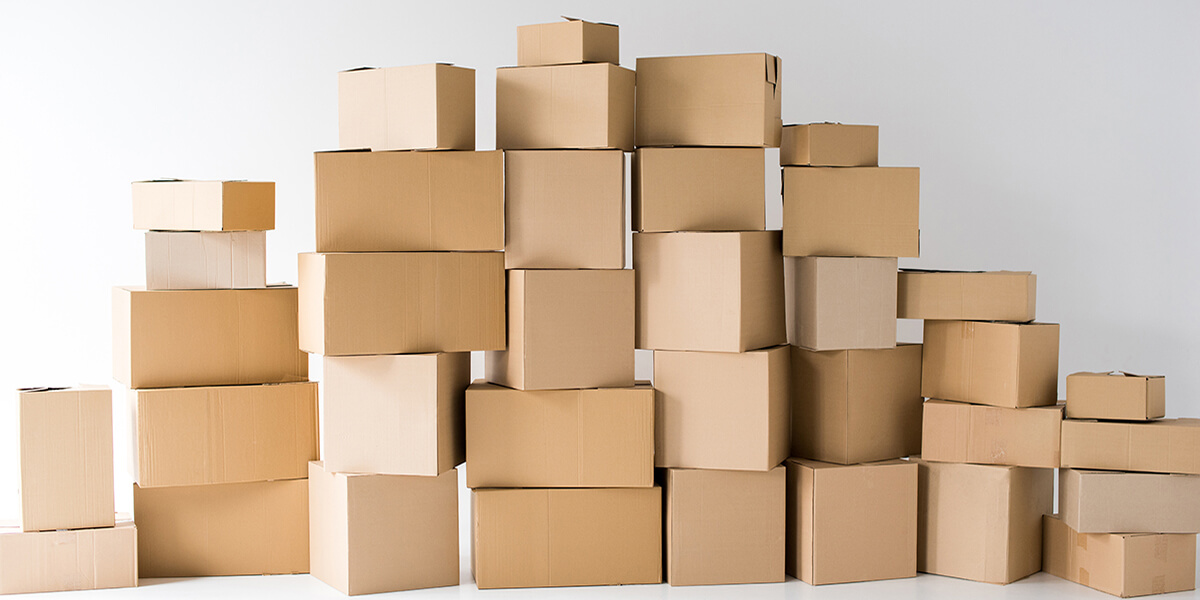
5. Paper weight and thickness
- Contents: Test areal density and thickness
- Why: To test box quality and rigidity
Gram weight and thickness are the two most basic properties of corrugated cardboard that determine the quality of the carton. There is no “best” grammage or thickness mentioned in corrugated box specifications, it’s all about your requirements.
You should use a thicker box when you need more padding. Corrugated cardboard has larger grooves and holds more air inside. Sheets with dense grooves have a high grammage. Such boxes are needed when packaging should be more compact and stronger.
Thickness is usually measured in (millimeters) mm and grammage is expressed in grams per square meter (g/m2).
Thinner boards are easier to fold, lighter, and better suited for printing or detailing. The thicker ones are stronger and suitable for heavy transport. Typically, the corrugation type (A, B, C, E, or F) determines the strength of the board, with C being the most common (4.0mm).
6. Puncture resistance
- What: Tests resistance to penetration by sharp solid objects
- Reason: To test the strength and sturdiness of the cardboard during transportation
Puncture resistance tests the extent to which the box can withstand the impact of a pyramidal or triangular weight. Puncture testing standards for corrugated boxes include FEFCO 5 or ISO 3036.
7. Abrasion test
- What: Check the durability of printed or painted boxes against wear and tear
- Why: Make sure that the printed text on the cardboard box can withstand friction, wear and tear
Printing is an integral part of packaging. When using different types of printing methods, it is important to check the ability of the label or print to handle wear and tear. For this purpose, wear or friction tests are used. The Sutherland Rub Test is an industry-standard testing procedure. Coated surfaces such as paper, film, cardboard, and all other printed materials are tested using this procedure.
Alternative corrugated box test methods are also available for testing abrasion resistance. These include spinning wear testers and even manual swabbing. Abrasion testing is especially important in the pharmaceutical or medical industries where label legibility is critical.
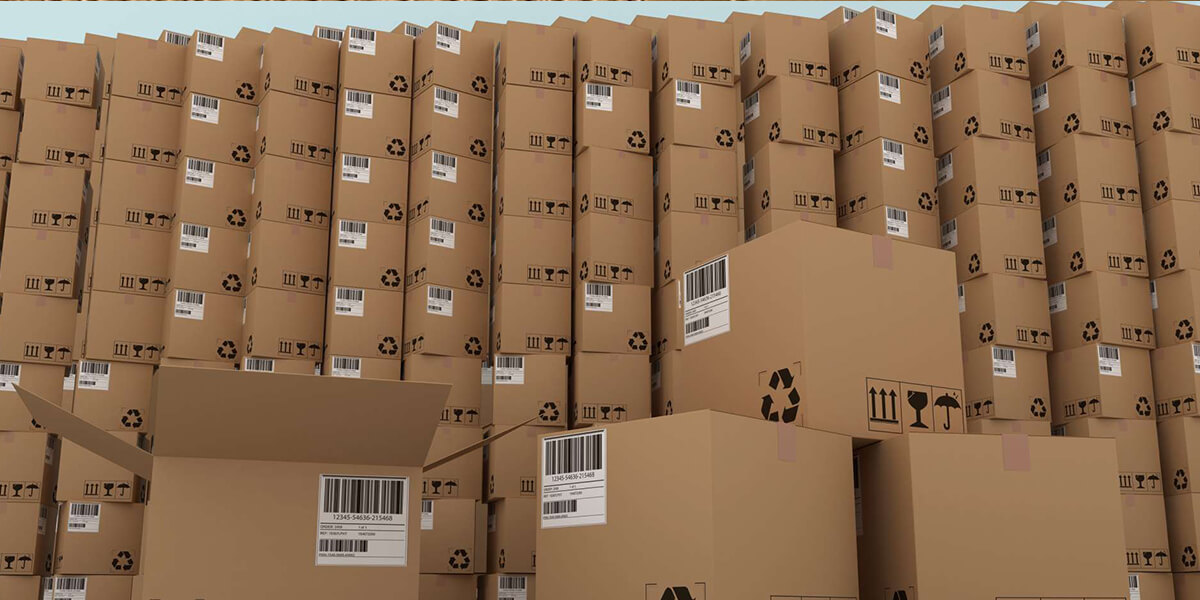
8. Box compression test
- Contents: Testing the compressive strength of corrugated boxes
- Why: Measuring the Stacking Strength of Pallet Loads
Known also as the container compression test, the box compression test determines how much load the box can withstand and how much deformation occurs before deformation occurs. It gives us a good idea of how many boxes can be stacked together without damaging the contents of the bottommost box. This test is critical to check the strength of boxes and is required by most industries that ship boxes in bulk.
The boxes were tested in different orientations. If the box design uses internal supports, such as wood supports or corrugated cardboard cushioning, then these factors will also be taken into account.
A corrugated box’s compressive strength can also be calculated using McKee’s formula, which takes into account the edge crush test (ECT), calipers, or corrugated board thickness (CBT) and the box perimeter (P) value.
According to McKee’s formula: compressive strength = 5.874 * ECT * CBT0.508 * P0.492
9. Chemical Analysis in Corrugated Box Testing
- Contents: Test box for resistance to chemicals
- Why: Check Product Formulation and Compliance
For some applications to check the properties of fibreboard and its resistance to certain chemicals, chemical analysis is required. In order to determine the type of paper used to make fiberboard, a microscopic examination of the board is required. In addition, the moisture content as well as the pH of the plates were determined.
10. Choose the right box for your needs
The corrugated box testing program can help you determine the right type of carton for your business needs.
For example, ECT values allow you to calculate how much weight a package can carry. Alternatively, box compression testing can help determine stack strength, which is especially important when shipping and shipping.
Take your time to find the perfect box. It can save you a lot of costs and reduce material waste.

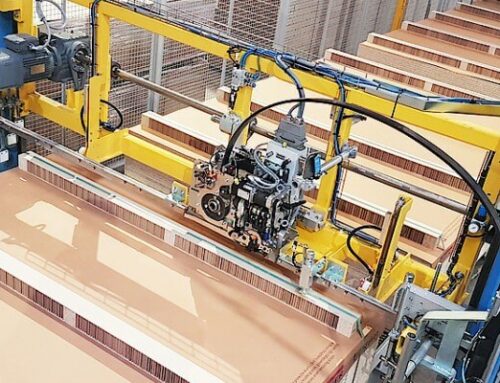
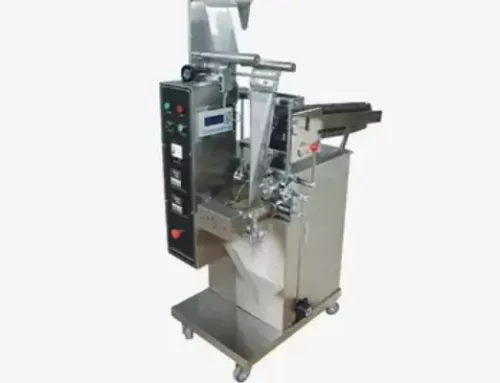
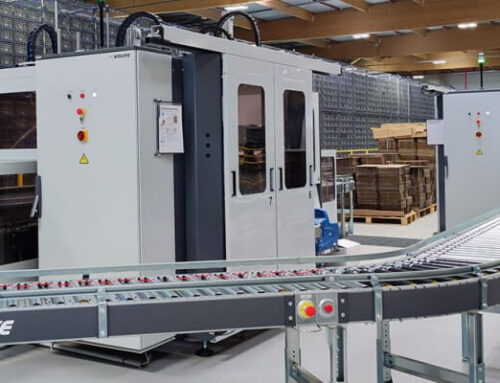
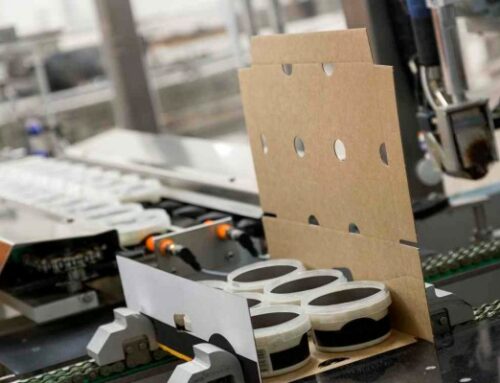
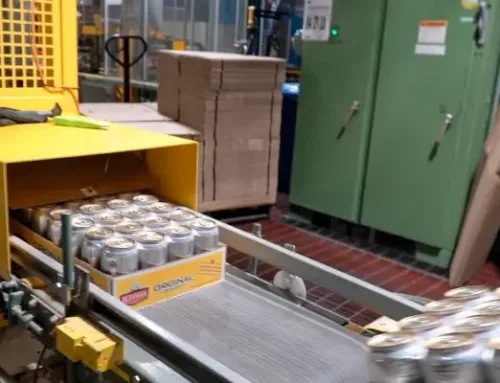
Thanks…It’s a lovely note. This is more helpful to understand more about a How to inspect corrugated boxes for quality control. I love the information I have gathered here, thanks so much, and keep up the good work. It has helped me.